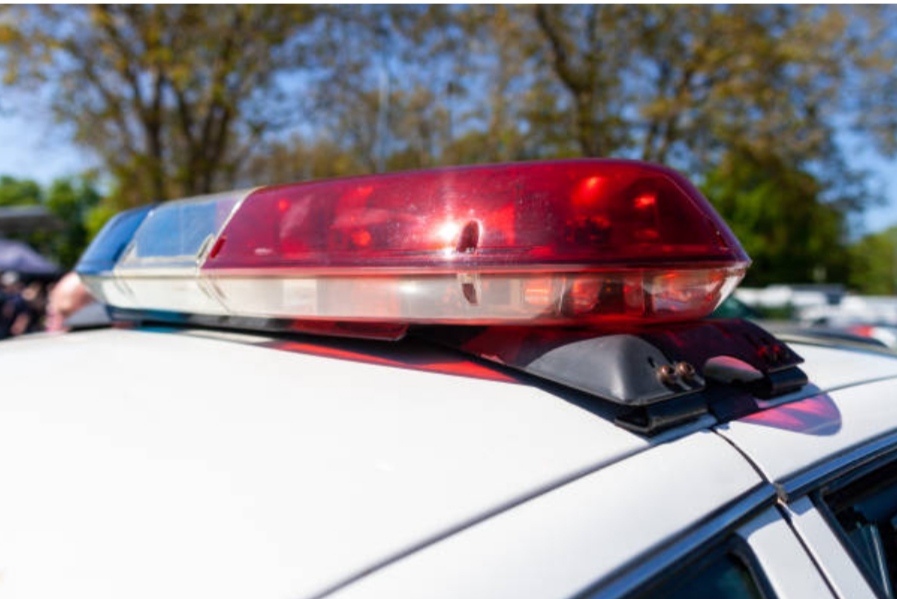On an ordinary Thursday, February 14, 2008, the Northern Illinois University (NIU) campus in DeKalb, Illinois, was thrust into unimaginable horror when a mass shooting unfolded in Cole Hall. What began as a routine day of classes quickly transformed into a nightmare, leaving six dead, 21 injured, and the entire community grappling with the aftermath of one of the deadliest school shootings in U.S. history.
A Day Marred by Violence: Unfolding of the Tragedy
The day, notable only for being Valentine’s Day, started like any other winter day on campus. Students gathered for lectures, and one such class, Ocean Science 104, was underway in Cole Hall. As students listened to a lecture, the tranquility of the classroom was shattered when a man burst through a back door onto the stage, armed with a shotgun. Without warning, he opened fire first at the lecturer and then into the audience. Chaos ensued as students reacted in various ways—some ran, some sought refuge under seats, and others sat frozen, struggling to comprehend the unfolding violence. The assailant, armed with two pistols, walked up and down the aisles, firing indiscriminately. In less than five minutes, he took his own life on the stage, having fired 50 rounds that resulted in five fatalities and 18 injuries, with eight of the injured in critical condition.
Swift Response: Emergency Services and Heroic Acts
As the campus plunged into chaos, emergency responders were quick to arrive on the scene. Units from throughout the region poured onto the campus, ensuring that injured students received prompt care and were swiftly transported to hospitals. The efficiency of the emergency response, later acknowledged as having saved many lives, became a crucial factor in the immediate aftermath of the tragedy. Amidst the horror, stories of heroism emerged. One such account involved Huskie offensive lineman Tim Mayerbock, who, despite never having met the injured student before, carried them to safety, providing support through the ambulance ride and at the hospital until family members arrived. Acts of bravery and selflessness became beacons of light in a dark moment.
Media Onslaught: Adding to the Burden
In the midst of the crisis, the campus faced an onslaught of media attention. News helicopters hovering overhead became an unwelcome sound, adding to the burden of an already overwhelmed campus leadership. The need to manage the influx of media coverage further complicated an already challenging situation for the university officials. The immediacy of the shooting prompted a flood of communication from both the university and the community. Within 15 minutes of the first call to 911, the Office of Public Affairs had posted alerts on the NIU website, sent broadcast emails, and voicemails to the campus. However, the massive use of cell phones in the aftermath overwhelmed cell towers, shutting down service until later that evening. The challenge of disseminating information during such a crisis highlighted the importance of effective communication systems.
Recovery Begins: Days, Weeks, and Months of Healing
The aftermath of the tragedy ushered in an extended period of recovery for the NIU community. Classes were canceled for the remainder of the week and the entire following week. A memorial service held at the Convocation Center drew over 10,000 attendees, including Illinois’ governor and its entire congressional delegation, including then-Senator Barack Obama. Upon the resumption of classes, a call for 50 volunteer counselors to assist students was met with an overwhelming response from more than 300 mental health professionals from across the country. Colleagues from Virginia Tech, having faced a similar tragedy in 2007, offered support and guidance, leading to the creation of the Office of Support and Advocacy, which operated for five years, offering support to victims and families.
Decision on Cole Hall: A Contemplation of Closure
In the immediate aftermath, President Peters expressed a strong desire to tear down Cole Hall, the site of the tragedy. The thought was that no student should have to enter that space again, and it would stand as a dark reminder of NIU’s worst hour. However, a campus survey revealed a different perspective—that the destruction of Cole Hall would signify a victory for the shooter. As a result, the building remained closed for several years, ultimately undergoing remodeling and reopening in a new form in 2012, funded by the state.
Lessons Learned: A Community’s Resilience
The mass shooting at Cole Hall left an indelible mark on the NIU community, reshaping the campus’s identity and emphasizing the importance of resilience and unity. The scars of that tragic day will forever be etched into the collective memory of those who experienced it. As the community continues to heal, the lessons learned from the response, recovery efforts, and the contemplation on the fate of Cole Hall serve as reminders of the strength that can emerge from the darkest of moments.
